Business in China, Hong Kong, Transport
International Trade and Logistics in China, Guangzhou, Shanghai, Guanxi, Beijing (Module)

The main objective is to offer a global vision of Chinese Market and business opportunities in China (Beijing, Shanghai, Guangzhou - Shenzhen, the Greater Pearl River Delta) and Hong Kong:

- To conduct research on business opportunities in China
- To research International Trade, logistics and Foreign Direct Investment flows
- To learn about Chinese free trade agreements
- To carry out an International Marketing Plan or a Project to Set Up a Company in China

Taoism, Confucianism & Business

EENI Online Higher Education Programs:
Masters: International Business, Foreign Trade.


 Masters adapted to Chinese Students.
Masters adapted to Chinese Students.
Language: 
Introduction to China. Economic Profile of Chinese provinces.
Chinese Economy and Foreign Trade.
Foreign Direct Investment in China.
Business in Guangzhou - Shenzhen.
Marine transport and ports in China.
Case Study: China's Balance of Trade
Case Study: U.S.-China Trade War (2018–Present)
Case Study: China’s Rise in Global Trade – A Test of Trade Theories
Case Study: U.S. Tariffs on Chinese Goods (2018–Present)
International Trade and Business in China
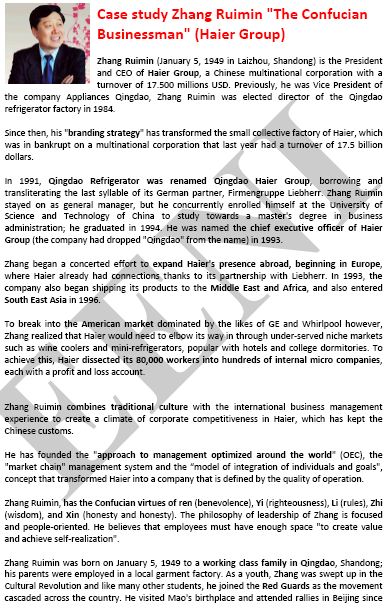

- China-Russia Logistics Corridor
- Trans-Siberian Railway (Russia, North Korea)
- Almaty-Bishkek Logistics Corridor
- Bangladesh-Myanmar Logistics Corridor
- China-Pakistan Logistics Corridor
- China-Central-West Asia Logistics Corridor
- Nanning-Singapore Logistics Corridor
- Access to the:
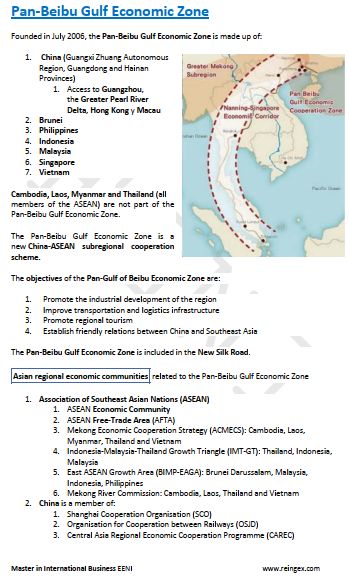

Chinese Free Trade Agreements: ASEAN, Singapore, Pakistan, New Zealand, Peru, Costa Rica, Chile, European Union, ASEAN+3, Andean Community, Macao, Hong Kong, Georgia, Switzerland, Iceland, South Korea, Australia...
Chinese Regional Trade Agreements:
- APEC
- Shanghai Cooperation Organization
- Asia-Pacific Trade Agreement
- Regional Comprehensive Economic Association
- Central Asia Cooperation (CAREC)
- Trans-Pacific Partnership (CPTPP) - Candidate Country
- IORA (dialogue partner)
- Mekong River Commission (dialogue partner)
- ALADI (observer)
- South Asian Association for Regional Cooperation (Observer)
Chinese International Economic Relations.
- Africa-BRICS Cooperation (China is a BRICS Country)
- China-Africa Cooperation
- Greater Mekong Subregion
Access to Chinese market.
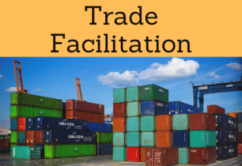
Trade Facilitation.
- World Trade Organization (WTO)
- Agreement on Trade in Services (GATS)
- Agreement on Sanitary and Phytosanitary Measures
- Agreement on Technical Barriers to Trade
- Agreement on Preshipment Inspection
- Agreement on Safeguards
- Trade Facilitation Agreement
- World Customs Organization (WCO)
- Kyoto Convention (Containers)
- BIC (Containers)
- Chicago Convention (ICAO)
- International Maritime Organization (IMO)
- Convention for Safe Containers
- Istanbul Convention
- Customs Convention on Containers
- International Chamber of Shipping
- Organization for Cooperation between Railways (OSJD)
- International Road Transport Union (IRU)
- TIR Convention
- Guidelines on Safe Load Securing for Road Transport

- Economic Commission for Asia (ESCAP)
- Asian Development Bank
- Boao Forum for Asia
- Asia-Middle East Dialogue
- Colombo Plan
- Asia-Europe Meeting
- Asia Cooperation Dialogue (ACD)

- United Nations
- Conference on Trade and Development (UNCTAD)
- International Trade Centre
- Commission on International Trade Law (UNCITRAL)
- World Intellectual Property Organization (WIPO)
- World Bank
- World Trade Organization (WTO)
- African Development Bank
- International Monetary Fund
- OECD (Key
Partner)
- OECD anti-corruption measures
China is the world's largest market with more than 1,369 million potential consumers (25% live in cities). Regarding the GDP, is the second largest Economy (ahead of countries like Japan, Canada, and Brazil).
China produces more than half of the world's cameras, 30% of air conditioners and televisions, 25% of washing machines, 20% of refrigerators and 70% of toys. “Galanz” produces 40% of microwave ovens sold in Europe. The Brand “Haeir” is recognized worldwide.
We will study the largest economic regions of China:
- Beijing, as China's political, cultural, and international exchange centre; it is a dynamic city with a broad range of industries. High tech and modern manufacturing sector have become the leading forces of the industrial growth of Beijing
- Since 1992, Shanghai has sustained a double-digit GDP growth rate. The city has seen fast growth in its modern service industries. The pillar industries in Shanghai refer to electronic and information technology products manufacturing, auto making, petrochemical and fine chemical processing, fine steel products manufacturing, complete equipment production, and biomedicine. Shanghai is the largest port on Chinese mainland and one of the largest entrepots in the World
- The Greater Pearl River Delta region comprises Hong Kong, nine municipalities of the Guangdong Province in the Mainland China and Macau. Many multi-national enterprises already enjoy the benefits of this multi-jurisdiction, cost-efficient business model and have established there. enterprises can source or manufacture competitively in China and use Hong Kong as logistical, financial, legal, design and marketing services to export their products to the world
- Hong Kong has a prime location at the geographical and Economic centre of Asia. Business Executives in Hong Kong have fast and easy access to all largest markets in the Asia-Pacific region. This central position is one of the key reasons for the city's popularity as a location for regional operations
Area of Knowledge: Asia.

(c) EENI Global Business School (1995-2025)
Top of this page





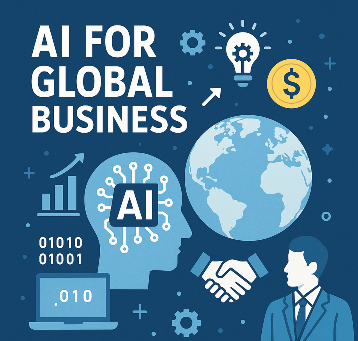

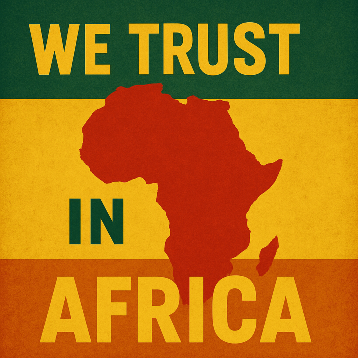


 WhatsApp
WhatsApp

